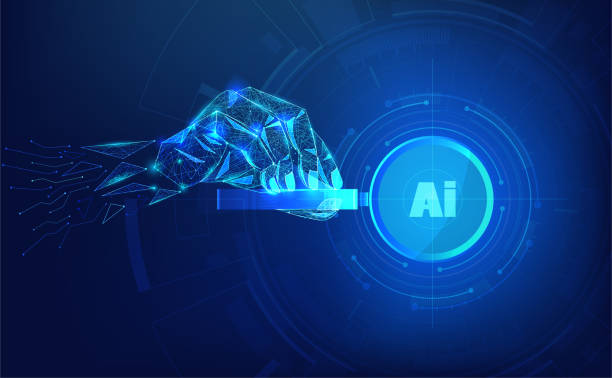Familiarity with the Fundamental Principles of On-Page SEO and Its Importance

In today’s highly competitive world, #Search_Engine_Optimization or #SEO is no longer an option, but a necessity.
Among the various aspects of SEO, On-Page SEO plays a key and fundamental role.
This part of SEO refers to a set of actions and techniques that are applied directly to your website pages to improve its ranking in search results and attract more organic traffic.
An educational and precise approach to on-page SEO strengthens your website’s foundation and helps search engines better understand your content and recognize its value.
Imagine your website is a large library; on-page SEO is like meticulously organizing books, correctly labeling shelves, and creating guides so that any user can easily find the book they are looking for.
This includes optimizing titles, meta descriptions, URL structure, content, images, and internal links.
Proper implementation of on-page SEO not only helps increase your website’s visibility in search results but also improves user experience (UX), which in turn is a crucial factor in Google’s ranking.
The ultimate goal of comprehensive on-page SEO is for search engines and users to be able to best understand and interact with your content, ultimately leading to increased traffic, conversion rates, and overall website success.
Are you falling behind in competition with large online stores?
Rasaweb (RasaWeb) with professional e-commerce website design, brings your business online and increases your market share!
✅ Increase brand credibility and customer trust
✅ Easy shopping experience leading to more sales
⚡ Act now to receive free website design consultation!
Targeted Keyword Research for On-Page Optimization
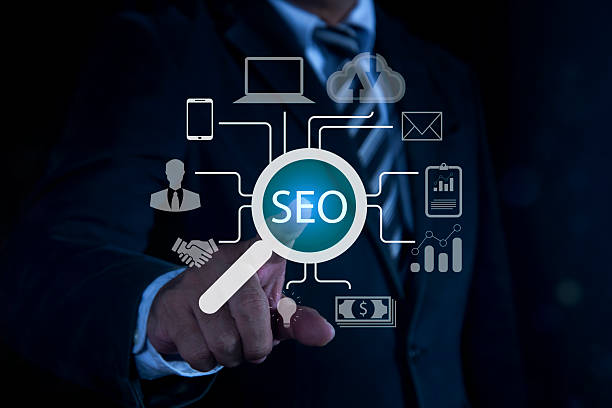
The foundation of any successful on-page SEO strategy is comprehensive and precise keyword research.
Without identifying the words your target audience uses to search for information, products, or services, all your optimization efforts will fail.
This process goes beyond finding high-volume keywords and includes understanding the user’s Search Intent; is the user looking for information (informational search), intending to buy (commercial search), or looking for a specific website (navigational search)?
A detailed guide for this includes using tools like Google Keyword Planner, Ahrefs, Semrush, or even Google’s own search (the “People also ask” and “Related searches” sections).
Longer keywords or Long-Tail Keywords, although they have lower search volume, bring higher conversion rates because their search intent is more specific.
After identifying primary and secondary keywords, these words should be strategically placed in the page title, meta description, heading tags (H1, H2, H3), main content text, and image file names.
Overuse of keywords (Keyword Stuffing) is not only ineffective but can also harm your ranking.
On-page optimization should be natural and user-friendly, so that keywords are logically and smoothly integrated into the text and do not detract from the reader’s experience.
This initial step paves the way for all subsequent actions to improve On-Page SEO.
Effective and Expert Content Strategies for On-Page SEO
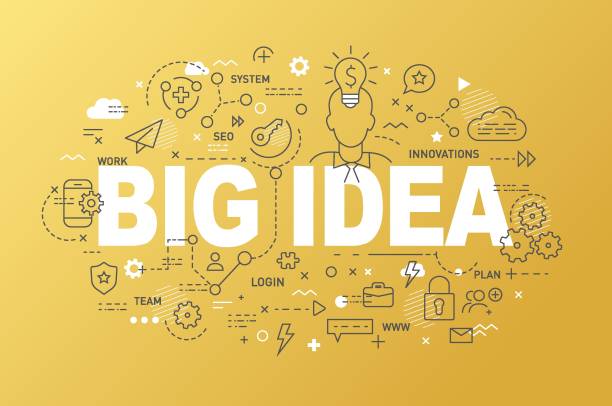
Content is king, and in the realm of on-page SEO, this statement holds true more than ever.
Producing high-quality, expert, and relevant content aligned with target keywords is the most important pillar of On-Page SEO.
Your content should not only be optimized for search engines but also answer users’ questions and needs and engage them.
Creating question-provoking content that effectively answers potential user queries can significantly increase engagement rates and send positive signals to search engines.
Content structure is also vital for on-site optimization.
Using appropriate headings (H1 for the main title, H2 and H3 for subheadings) not only helps with content readability but also assists search engines in understanding the page’s structure and main topics.
Short paragraphs, use of lists (bullet points), and relevant images all contribute to improving user experience and search engine crawlability.
Here is a table providing guidance on using heading tags:
| Heading Tag | Purpose | Important SEO Notes |
|---|---|---|
| H1 | Main page title | Must include the main keyword; only one H1 per page. |
| H2 | Main content subheadings | For content segmentation, include secondary keywords. |
| H3 | Secondary subheadings (topics under H2) | For more details, aids readability. |
| H4-H6 | More detailed subheadings | For more precise organization of long content. |
Well-researched, unique, and valuable content is not only appealing to users but also indicates to search engines that your page is a credible and trustworthy source.
Linking to authoritative external and internal resources can also help increase your content’s credibility and improve on-page SEO.
Optimizing Meta Tags and Their Impact on Click-Through Rate
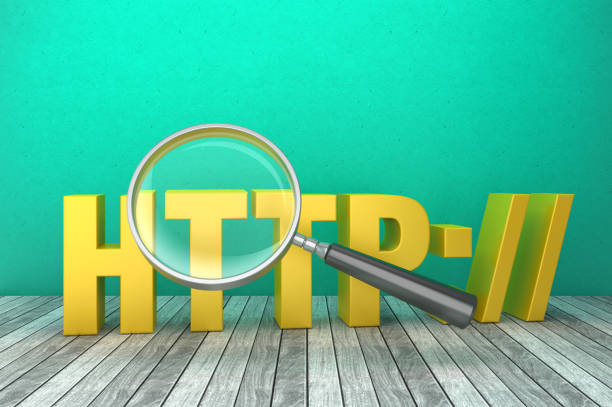
Meta tags, including the page title (Title Tag) and meta description (Meta Description), are very important elements in on-page SEO that directly influence how your page is displayed in search results and users’ click-through rate (CTR).
Although the meta description is not directly a ranking factor, it is a crucial element for encouraging users to click on your link.
A comprehensive explanation of these tags shows that the page title should include the main keyword and be written in an appealing and concise way to entice users to click.
The standard length for a page title is about 50-60 characters to be fully displayed in search results.
The meta description should also be an engaging and compelling summary of the page’s content and include primary and secondary keywords.
These descriptions should be written in such a way that the user, upon reading them, finds a reason to visit your website and is eager to click.
The optimal length for a meta description is about 150-160 characters.
Both the title tag and meta description are automatically displayed in search results and are the first thing users see before entering your site.
Therefore, On-Page optimization of these elements is highly important for attracting traffic and improving conversion rates.
Ignoring these simple elements can lead to a significant decrease in your organic traffic, even if your content is of very high quality.
Google sometimes rewrites meta descriptions based on user searches, but having an optimized meta description increases the chance of displaying your desired description and helps search engines better understand the topic.
Does your current corporate website not reflect your brand’s credibility and strength as it should? Rasaweb solves this challenge for you with professional corporate website design.
✅ Increase credibility and visitor trust
✅ Targeted attraction of more customers
⚡ Click to receive free website design consultation!
URL Structure and Internal Linking: A Guide to Improving Page Authority
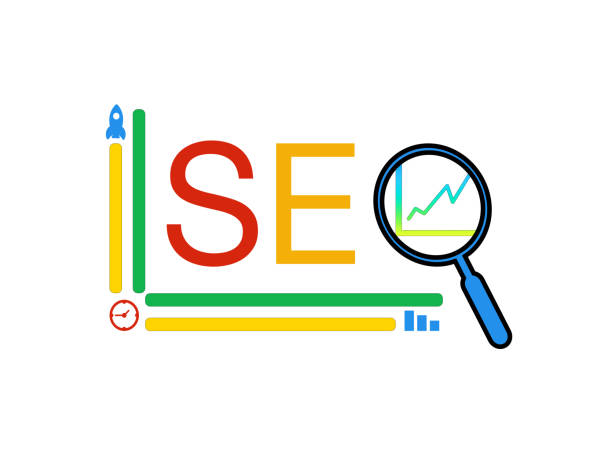
URL structure and internal linking are two other crucial elements in on-page SEO that are often overlooked but significantly impact crawlability, page authority, and user experience.
A clean, short, and descriptive URL that includes target keywords is both more understandable for users and helps search engines understand the page’s topic.
Avoiding long URLs, those containing meaningless numbers or special characters, is a fundamental guideline for On-Page SEO.
For example, instead of “yoursite.com/article?id=12345″, it’s better to use “yoursite.com/blog/seodakheli-rahnama”.
Internal Linking is the process of linking different pages of your website to each other.
This has several advantages:
- Help to search engines: Internal links help search engine crawlers understand your site’s structure and discover and index all pages.
- Distribute Authority (Link Juice): SEO authority is passed from stronger pages to related and weaker pages, helping to improve their ranking.
- Improve User Experience: Users can easily find relevant information on your website, which increases Dwell Time and reduces Bounce Rate.
- Anchor Text Optimization: Using keyword-rich (but natural and non-spammy) anchor texts for internal links helps search engines understand the destination page’s topic.
A strong on-page SEO strategy requires an updated XML sitemap and easy access to key pages through the navigation menu and footer.
These actions ensure that your website is not only usable for users but also well-organized and understandable for search engines.
Optimizing Images and Media for On-Page SEO and Load Speed
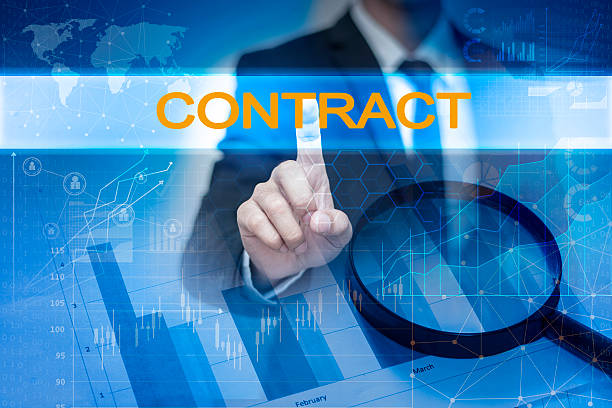
Images and other media are integral parts of a modern website that contribute to visual appeal and user engagement.
However, if not properly optimized, they can harm site load speed and disrupt user experience, which directly negatively impacts on-page SEO.
Expert tips for image optimization include the following:
- Image Compression: Before uploading, compress images with tools like TinyPNG or ShortPixel to reduce their size without significant quality loss.
- Choosing the Right Format: WebP and AVIF formats are optimized for the modern web, while JPEG is better for photos and PNG for transparent images.
- File Naming: Use descriptive and keyword-inclusive names (e.g., “on-page-seo-content.jpg” instead of “IMG001.jpg”).
- Alt Text: Alt Text is a short description of the image content important for visually impaired users and search engines.
This text should be descriptive and include relevant keywords (e.g., “concept of on-page SEO and its role in ranking”). - Responsive Images: Ensure your images display correctly across various screen sizes to optimize user experience on mobile devices as well.
- Lazy Loading: This technique ensures images only load when the user scrolls to their respective section on the page, significantly improving initial page load speed.
Optimizing images not only helps your site speed but also assists search engines in understanding the visual content of the page and can increase traffic from Google Image Search.
This part of on-page SEO is essential for a high-performing website.
Technical Aspects of On-Page SEO: From Structured Data to Site Speed
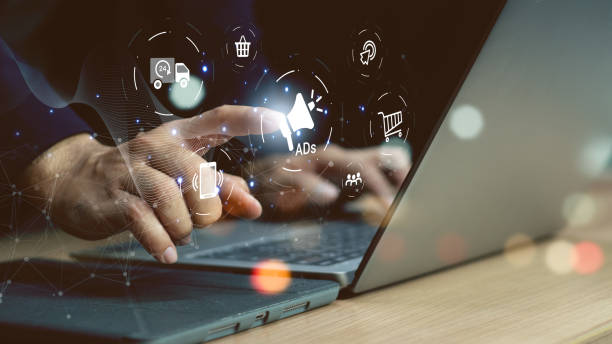
On-page SEO is not limited to content and keywords; technical aspects also play a vital role in your website’s ranking and crawlability by search engines.
A precise analysis of these elements helps you ensure your website is technically optimized for SEO.
- Structured Data (Schema Markup): Adding structured data (Schema.org) to your HTML code helps search engines better understand your content and display it in richer forms (Rich Snippets) in search results.
This can include information about articles, products, events, reviews, and more. - Page Load Speed: Site load speed is a critical ranking factor and directly impacts user experience.
Tools like Google PageSpeed Insights and Core Web Vitals (a set of metrics related to speed and visual stability) are essential for evaluating and improving site speed.
The good news is that by optimizing images, reducing CSS and JavaScript code, using caching and CDNs, site speed can be significantly increased. - Mobile-Friendliness: Given that a large portion of searches are conducted via mobile devices, having a fully responsive website (Responsive Design) that displays well on any device is essential for on-page SEO and user experience.
- Robots.txt and Sitemap XML Files: The Robots.txt file tells search engines which parts of your site should not be crawled, while the Sitemap XML provides a roadmap for all important pages of your site, helping search engines discover and index content.
Here is a table of Core Web Vitals and their importance for on-page SEO:
| Metric | Description | Importance for UX and SEO |
|---|---|---|
| LCP (Largest Contentful Paint) | Time to load the largest content element in the Viewport | Primary metric for load speed. Direct impact on user satisfaction and ranking. |
| FID (First Input Delay) | Delay of the first user interaction (click, type) | Metric for page interactivity. Impacts user’s perception of site responsiveness. |
| CLS (Cumulative Layout Shift) | Amount of unexpected and sudden shifts in page layout | Metric for visual stability. Element shifts can be annoying. |
All these technical aspects work together to provide a strong and crawlable website for search engines and improve user experience, all of which contribute to the success of on-page SEO.
The Role of User Experience (UX) in On-Page SEO Success
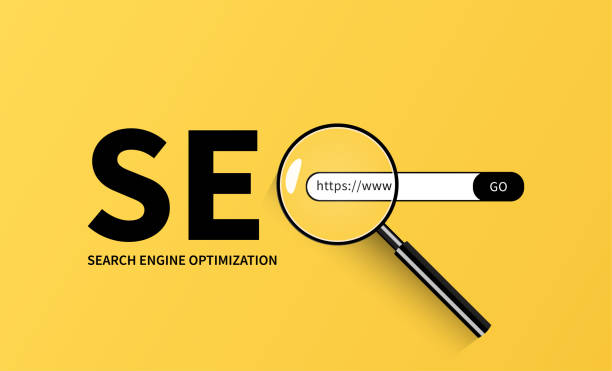
At first glance, User Experience (UX) and on-page SEO might seem like two separate domains, but in reality, they are closely linked and reinforce each other.
Google and other search engines are increasingly emphasizing the importance of user experience, and websites that provide a better user experience are likely to achieve higher rankings.
An engaging yet smooth user experience directly impacts ranking signals such as Bounce Rate, Dwell Time, and Click-Through Rate (CTR).
If a user enters your page and immediately leaves (high bounce rate), this is a negative signal for Google.
But if your content is engaging and readable, site navigation is easy, and the page loads quickly, the user will stay on the site longer and likely visit other pages.
These send positive signals to search engines, indicating that your content is high-quality and relevant to the user’s search.
UX elements that affect on-page SEO include:
- Content Readability and Organization: Use readable fonts, ample white space, headings, and lists to break up text.
- Easy Navigation: Clear menus and a logical hierarchy that easily guide users to different parts of the site.
- Mobile Responsiveness: Ensuring your site displays well and performs adequately on all devices, especially mobile.
- Load Speed: As mentioned before, site speed is a critical factor for UX and SEO.
- Appealing Visual Design: A design that is both aesthetic and functional helps retain user attention.
Focusing on improving user experience indirectly leads to improving your on-page SEO and ultimately helps increase traffic, engagement, and conversions.
Did you know that 85% of customers check your company’s website before any interaction?
With Rasaweb, build a corporate website that truly reflects your credibility.
✅ Increase customer credibility and trust
✅ Attract high-quality leads
⚡ Get free website design consultation
Monitoring and Analyzing On-Page SEO Performance with Various Tools
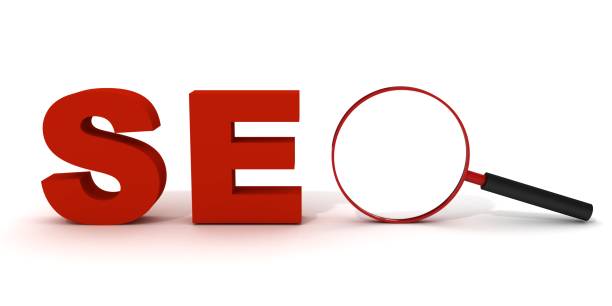
After implementing on-page SEO strategies, the process does not end there.
Continuous monitoring and analysis of your website’s performance are essential for identifying improvement opportunities and resolving potential issues.
Several tools are available for this purpose to help you measure the impact of applied changes and adjust your strategy based on real data.
- Google Search Console (GSC): This free tool from Google is the most important source of information for on-page SEO.
GSC shows you how your website appears in search results, which keywords generate traffic, which pages have indexing issues, and reports on mobile-friendliness and Core Web Vitals issues. - Google Analytics: A powerful tool for understanding user behavior on your website.
You can view information such as the number of visitors, bounce rate, dwell time, user paths on the site, and traffic sources.
This data helps you identify weaknesses in your user experience and content. - Keyword Research Tools (Ahrefs, Semrush, Moz): These tools are not only useful for initial keyword research but also for tracking keyword rankings, competitor analysis, and identifying new opportunities for on-page optimization.
- Site Speed Test Tools (Google PageSpeed Insights, GTmetrix, WebPageTest): Essential for evaluating and improving your page load speed.
Regularly reviewing reports from these tools, conducting periodic on-page SEO audits, and updating content based on data analysis helps you continuously keep your website on the right track for growth and ranking improvement.
This data-driven approach is the foundation of a successful On-Page SEO strategy.
Advanced On-Page SEO: Future Strategies and New Trends
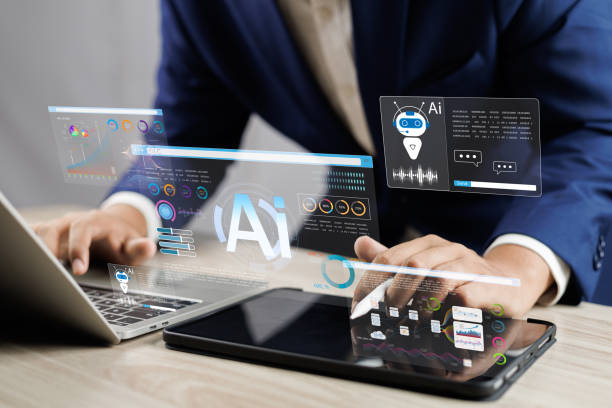
The field of on-page SEO is constantly evolving, and to maintain a competitive advantage, one must be familiar with new trends and advanced strategies.
Beyond the basic principles, new expert and educational techniques are emerging that can further help improve your ranking:
- Quality Content and E-A-T: Google increasingly emphasizes the concept of E-A-T (Expertise, Authoritativeness, Trustworthiness).
Producing content written by experts, source-driven, and trustworthy is crucial for on-page SEO.
This includes displaying author information, citing reputable sources, and transparency in presenting information. - Optimizing for Search Intent: Not only keywords are important, but also a precise understanding of the user’s search intent and providing content that fully answers it is critical.
This might mean producing different types of content (blog posts, product pages, guides) to address various intents. - Optimizing for Voice Search: With the increasing use of voice assistants, on-page optimization for voice searches, which are often question-based and longer, has become important.
This involves using natural language and direct answers to common questions. - Managing Reviews and Ratings: User reviews and product/service ratings, especially using Schema Markup, can help increase user and search engine trust and ultimately positively impact on-page SEO.
- Using AI in Content: While Google emphasizes human-generated content, intelligent use of AI tools for research, ideation, and writing improvement (not full generation) can help increase productivity.
Given that Google’s algorithms are constantly changing, continuous learning and adaptation to these changes are essential for long-term success in on-page SEO.
Frequently Asked Questions
| Question | Answer |
|---|---|
| What is On-Page SEO? | On-page SEO involves optimizing elements that are directly under your control and within your website. Its goal is to help search engines better understand the page content and improve its ranking. |
| Why is On-Page SEO important? | On-page SEO gives clear signals to search engines about the page content, improves user experience, and increases the chance of attracting organic traffic. |
| What are the most important On-Page SEO factors? | Keywords, Title Tag, Meta Description, URL structure, quality content, image optimization, and internal links are among the most important factors. |
| What is the role of the Title Tag in On-Page SEO? | The Title Tag is one of the most important signals for search engines and users, specifying the main topic of the page. It should include the main keyword and be appealing. |
| How important is the Meta Description? | The Meta Description does not directly affect ranking, but by encouraging users to click, it can improve the click-through rate (CTR). |
| How to optimize images for On-Page SEO? | By using descriptive file names, appropriate Alt Text containing keywords, compression to reduce size, and correct dimensions. |
| What impact do Internal Links have on SEO? | Internal links help search engines discover and index site pages, distribute authority (PageRank) across the site, and improve user navigation. |
| Is page load speed an On-Page SEO factor? | Yes, page load speed is a critical factor in on-page SEO and user experience. Slower pages can lead to higher bounce rates and lower rankings. |
| What are the characteristics of quality content for On-Page SEO? | Quality content should be comprehensive, unique, relevant, trustworthy, readable, and fully address users’ needs and questions. |
| How can keywords be used in content? | Keywords should be used naturally in the title, subtitles, first paragraph, body text, and image alt text. Avoid keyword stuffing. |
And other services of Rasaweb Advertising Agency in the field of advertising
Smart Google Ads: Designed for businesses seeking campaign management through SEO-driven content strategy.
Smart Google Ads: Revolutionize campaign management with the help of intelligent data analysis.
Smart Content Strategy: A fast and efficient solution for digital branding with a focus on intelligent data analysis.
Smart Social Media: Professional optimization for digital branding using key page optimization.
Smart Sales Automation: Professional optimization for increasing website visits by customizing user experience.
And over hundreds of other services in the field of internet advertising, advertising consultation, and organizational solutions
Internet Advertising | Advertising Strategy | Advertorial
Resources
What is SEO?
Website Optimization for Google
Keyword Research in SEO
Link Building Strategies in SEO
? Ready to boost your business in the digital world? With Rasaweb Afarin Digital Marketing Agency, specializing in secure website design and comprehensive online marketing strategies, experience a bright future.
📍 Tehran, Mirdamad Street, next to Bank Markazi, Kazeroun Jonoubi Alley, Ramin Alley, No. 6



